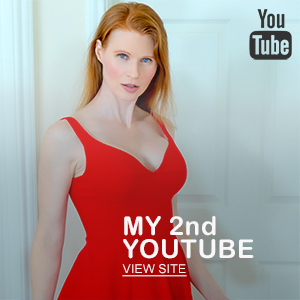
When Nagisa Ōshima’s art film In the Realm of the Senses was released in 1976, it caused a stir. Featuring real sex between its actors was a big challenge for moviegoers, because it was an early and unforeseen attempt at breaking up the seemingly immovable limits between serious art and pornography. On the one hand many pornographic publications in the 1970s tried to point out a serious attitude, some even claimed a scientific nature. On the other hand breaking taboos was the order of the day, and porn producers adorned themselves with a progressive nimbus. Pornography was one of the means of sexual liberation. But the love for porn was usually kept a secret by its admirers with good reason, because it was never officially accepted by mainstream culture and public morale[1]. But then something happened.
The pornographic bubble and the shift of perspective
Pornography’s main purpose is to transfer the sexual arousal of its performers to their observers, thus inducing a highly specialized emotional (and somatic) reaction. But porn founders on the narrative: the simple plots of porn stories only have to connect the sex scenes. Many porn flicks completely do without any hint of a story. Real sex in a film means it’s porn by default, thus marking the lower limit, while at the further end high culture resides with its complex stories and character studies. These extremes don’t have many points of contact, but the borders between them are starting to blur.
Browsing through a list of films with non-simulated sexual activities one notes that sex in the movies was a matter of underground and art house films up to the Seventies. There was next to nothing of that matter in the 1980s, and explicit sex scenes didn’t have a comeback until the late 1990s[2].
Today it seems that the struggle for pornography’s acceptance as an art was successful. But in fact, there is a tolerated[3] kind of pornography which is taken to mean art, and then there is ‘real’ pornography. If something is appearing in a non-pornographic context that a naive beholder would nonetheless regard as porn, then it is not displayed ‘as is’, but it is transformed into a message of any kind whatsoever[4]. Thus a transformed pornographic style has found its way into both art and marketing, but we are expected to find a different meaning in it than just vile arousal. This new style is rather accepted by the public, because it’s just implying pornography. Let’s call it apparent pornography.
Apparent pornography is trending. The pace of popular culture has increased, not just since the works of Lars von Trier. Sex still sells due to its extraordinary nature, and subjects that would have been regarded as pornography only a few decades ago have penetrated our everyday life. This shift of our view on the human body and its sexuality on one side and the growing acceptance of explicit depictions of human sexuality might make us think that the much wanted accolade for pornography has finally happened. Well, yes and no. (to be continued)
[1] There was, however, a different attitude towards sex than it is today. Sex was introduced to the public by educational videos, popular culture made sex a public subject and pornography was (finally) legalized in many countries.
[2] Exceptional films like Last Tango in Paris and Don’t Look Now should be mentioned here, too. Though their sex scenes weren’t explicitly pornographic, they were causing considerable controversy due to their sexual frankness.
[3] This tolerance sometimes goes very far. Austrian artist Otto Muehl was notorious for his extreme fecal videos (and other performances). The commune he had built up with his followers left all civil limits behind which eventually led to a dictatorial regime – and child abuse.
[4] Modern art decided not to display *anything* as it is. So even if it looks like *something*, it might be something else. At least it wants to make you think about it.
Image Source: Japanese theatrical poster of ‘In the Realm of the Senses’, taken from Wikipedia




